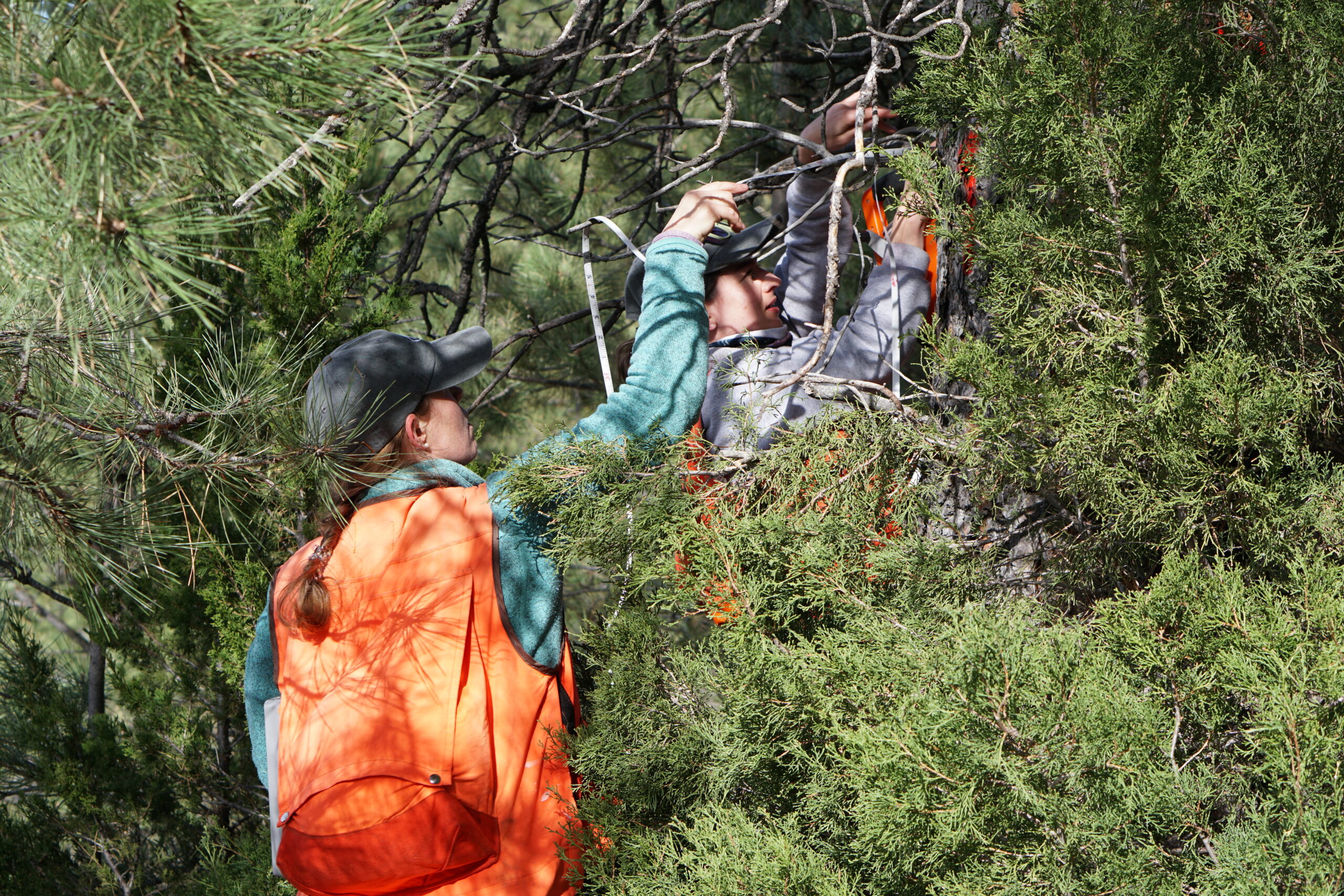
Faltering U.S. Climate Policy: The VCM can Bridge the Gap
September 21st marked the kick-off of Climate Week NYC 2025, with a record number of events scheduled across the city. This year’s theme, Power On, is a reminder that promises are no longer enough.
Notably missing from the conversation is the world’s largest historic emitter, the United States. At a time where governments need to be doubling down on their commitments, the Trump Administration has rolled back and weakened key policies, stalling the advancement of climate action domestically.
It can be tempting to think of climate action as something that we can push off until the next administration. However, as record-setting heat waves, worsening flooding, and destructive wildfires sweep the globe, it is clear: the catastrophic impacts of climate change are already a reality for much of the global population.
Congressman Paul Tonko spoke of the role of the voluntary market this week at the East Coast CDR Summit 2025. In his talk, he stressed that despite the absence of federal leadership, it is essential that the private sector does not step back on its commitment. His message highlighted the critical role of the voluntary market in bridging the gap between current emissions and future climate solutions.
The voluntary carbon market is a tool that enables businesses and individuals to take responsibility for their emissions right now. While carbon offsets are not a substitute for cutting fossil fuel use, they allow organizations to address their unavoidable emissions immediately while continuing to work towards deeper emission reductions. Offsets help buy time while we scale-up long-term solutions and press for government action. With the carbon budget shrinking and federal leadership faltering, it falls to businesses, communities, and individuals to act now.